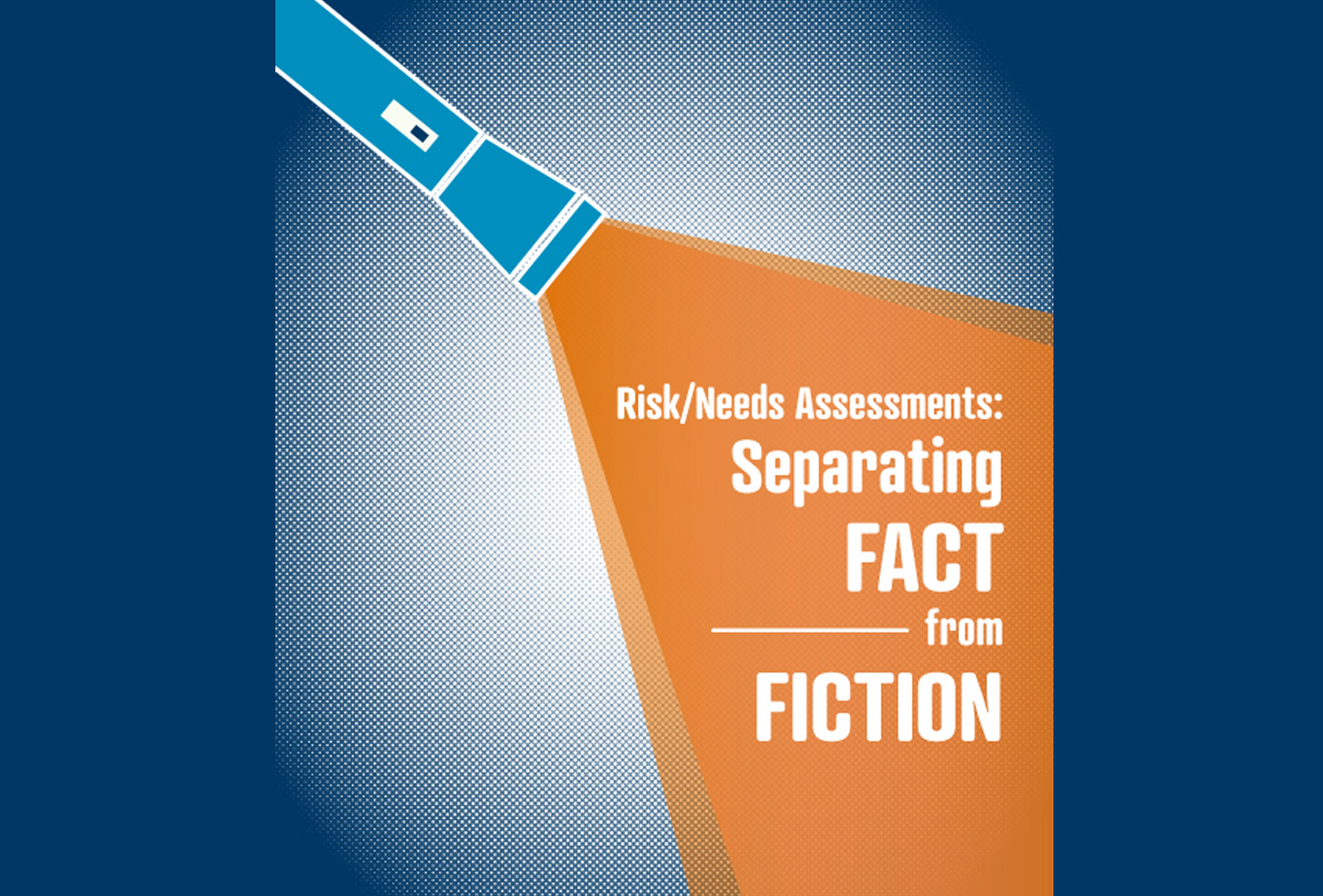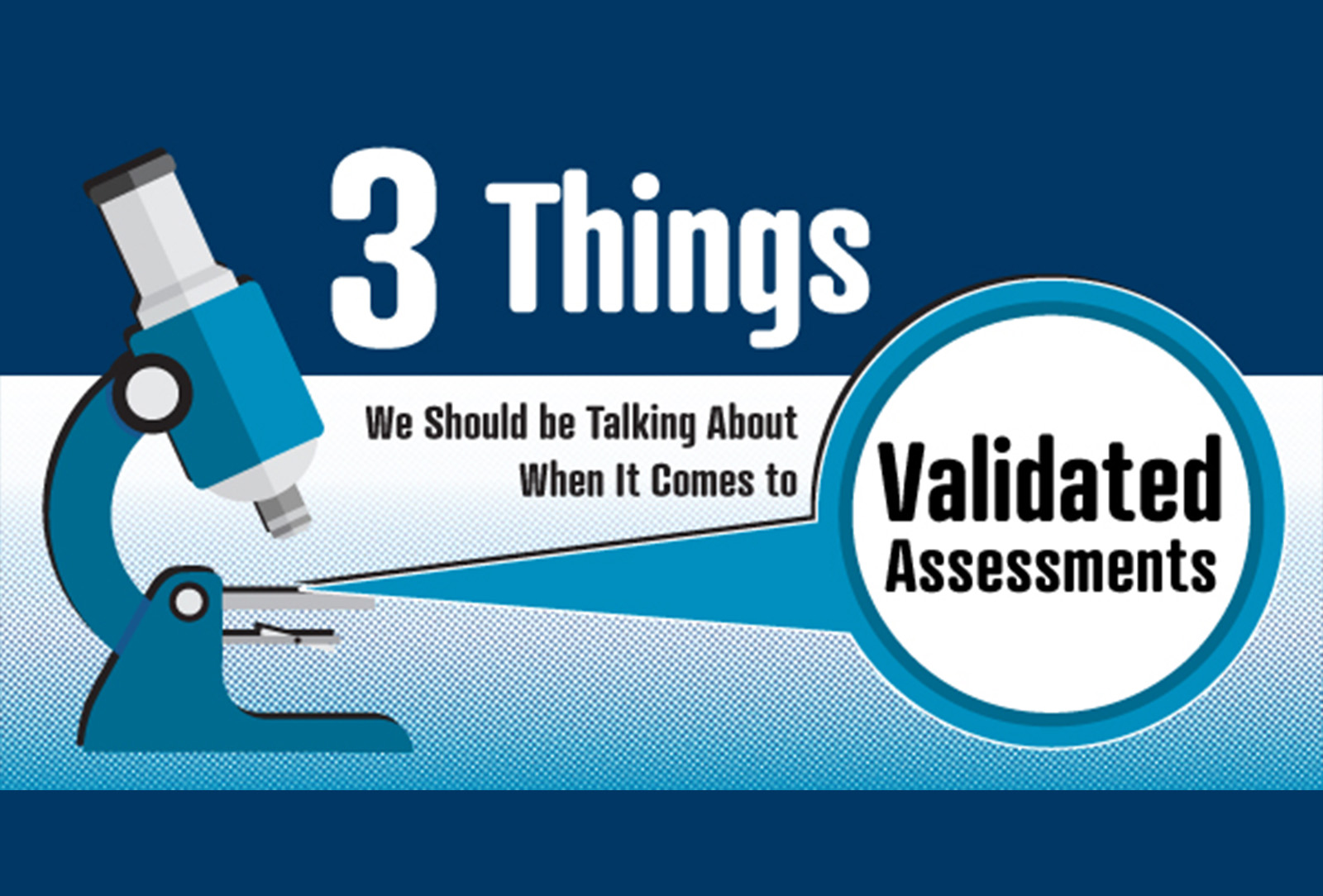Let Evidence-based Practice Be Your Guide
State by state, and even on a more micro municipal level, we are seeing the conversation around justice and corrections evolve and transform daily. As philosophical, political, policy, and practical debates take shape, what can you look to as your "north star" when setting the course for success within your agency?










